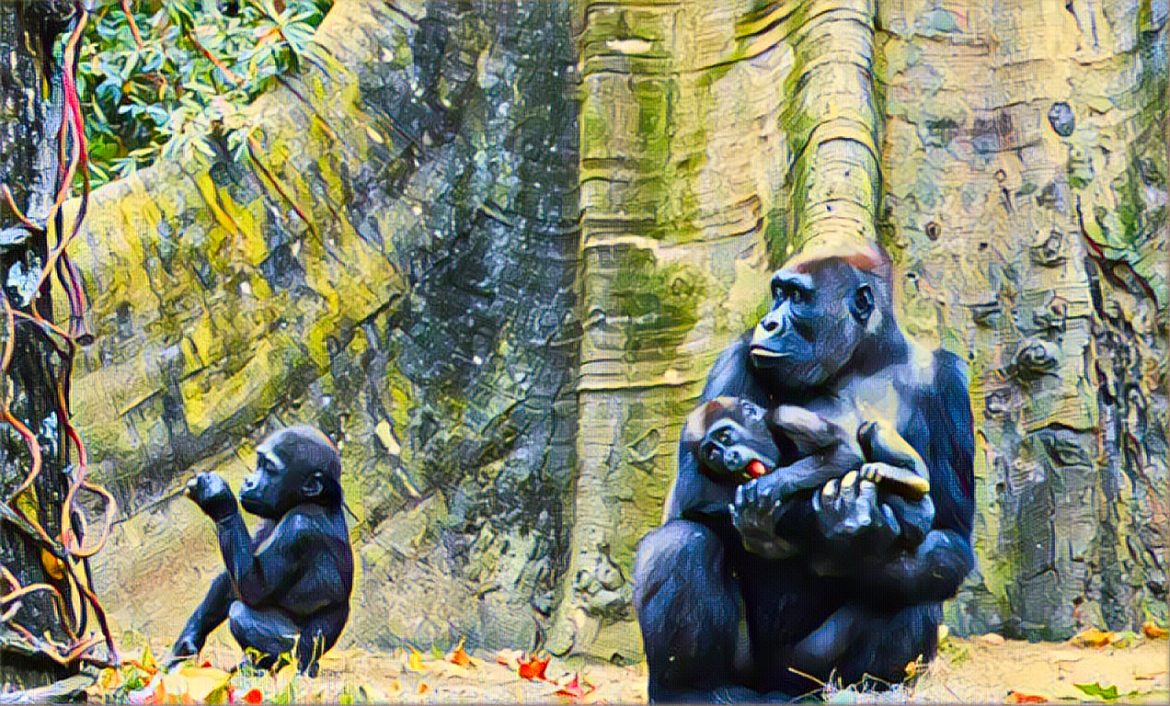The Cross River gorilla is the rarest and most threatened subspecies of gorilla in the world, with only about 300 individuals left in the wild. They live in a small mountainous region on the border between Nigeria and Cameroon, where they face multiple threats from hunting, habitat loss, and human encroachment. However, there is hope for these elusive primates, as conservation efforts are underway to protect them and their forest home.
According to a statement by Wild Africa Fund, a conservation organization that works to safeguard the Cross River gorillas and their habitats, the public can play a vital role in supporting their survival by donating to field conservation activities, raising awareness, and reducing the demand for commercial bushmeat that endangers their lives. The organization also highlighted the benefits of protecting these great apes, such as boosting local tourism, preserving biodiversity, and fostering sustainable development.
Wild Africa Fund has launched a month-long public awareness campaign using various media platforms to inform people about the challenges facing the Cross River gorillas and to amplify wildlife laws and anti-poaching measures that protect them. The campaign coincides with World Gorilla Day, which was celebrated on September 24 to mark the 50th anniversary of the Karisoke Research Center, the longest-running gorilla field study site in Africa.
The statement also commended the efforts of the Nigerian and Cameroonian governments and other conservation partners in creating and managing protected areas for the Cross River gorillas, such as the Afi Mountain Wildlife Sanctuary, the Takamanda National Park, and the Kagwene Gorilla Sanctuary. It also urged more collaboration and investment to secure vital corridors between gorilla sites, enhance law enforcement and community participation, and implement health monitoring and disease prevention.
The Cross River gorilla is one of two subspecies of the western gorilla and the western lowland gorilla. They are genetically distinct from the eastern gorilla subspecies, which include the mountain gorilla and the Grauer’s gorilla. The Cross River gorilla is distinguished by its smaller skull, longer arms, and lighter-colored hair. They are also more shy and elusive than other gorillas, making them difficult to study and observe.
The Cross River gorilla was once considered extinct until a small population was rediscovered in 1987. Since then, conservationists have been working tirelessly to ensure their survival and recovery. The latest action plan for their conservation was published in 2014 by the International Union for Conservation of Nature (IUCN), which lists them as critically endangered on its Red List. The plan outlines a series of strategies and recommendations to address the main threats and challenges facing the Cross River gorillas.
The fate of these magnificent creatures depends on our collective actions and commitments. By supporting their conservation, we are saving them from extinction and contributing to a healthier and more prosperous planet for ourselves and future generations.
Source: THISDAY LIVE


